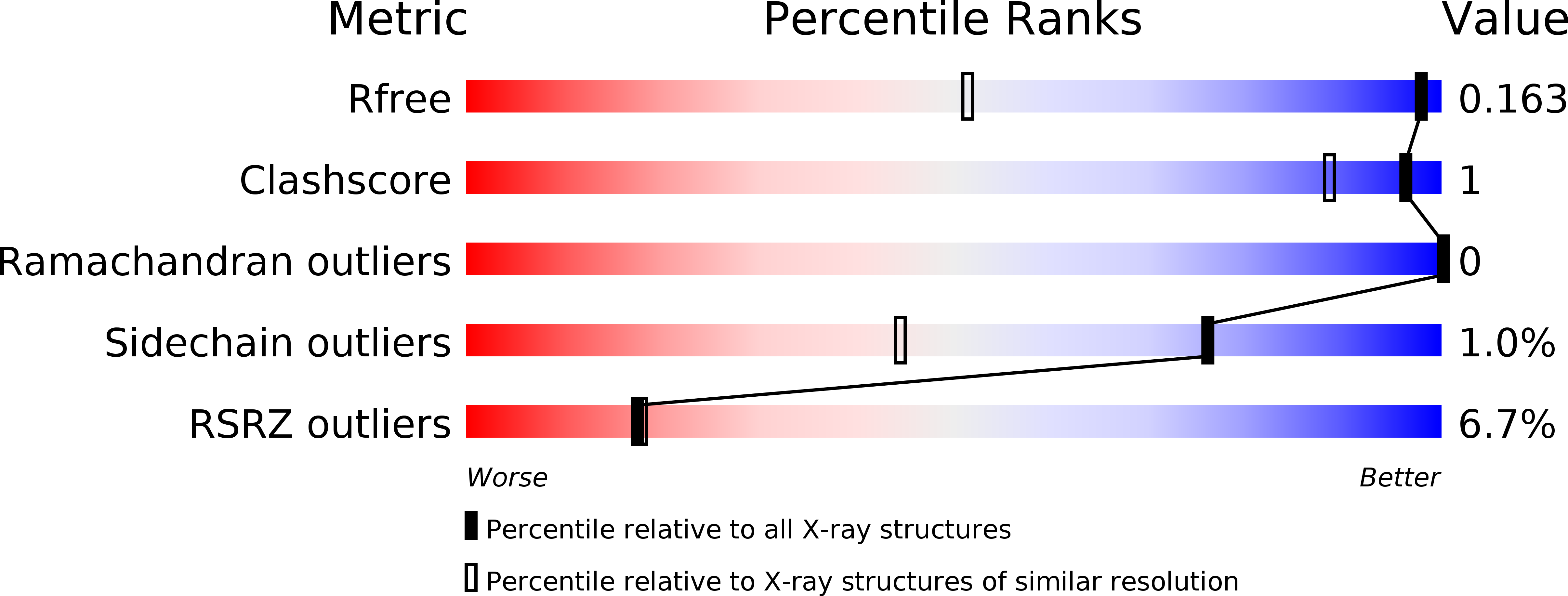
Deposition Date
2019-11-05
Release Date
2020-07-29
Last Version Date
2024-01-24
Method Details:
Experimental Method:
Resolution:
1.05 Å
R-Value Free:
0.16
R-Value Work:
0.14
R-Value Observed:
0.14
Space Group:
H 3 2


